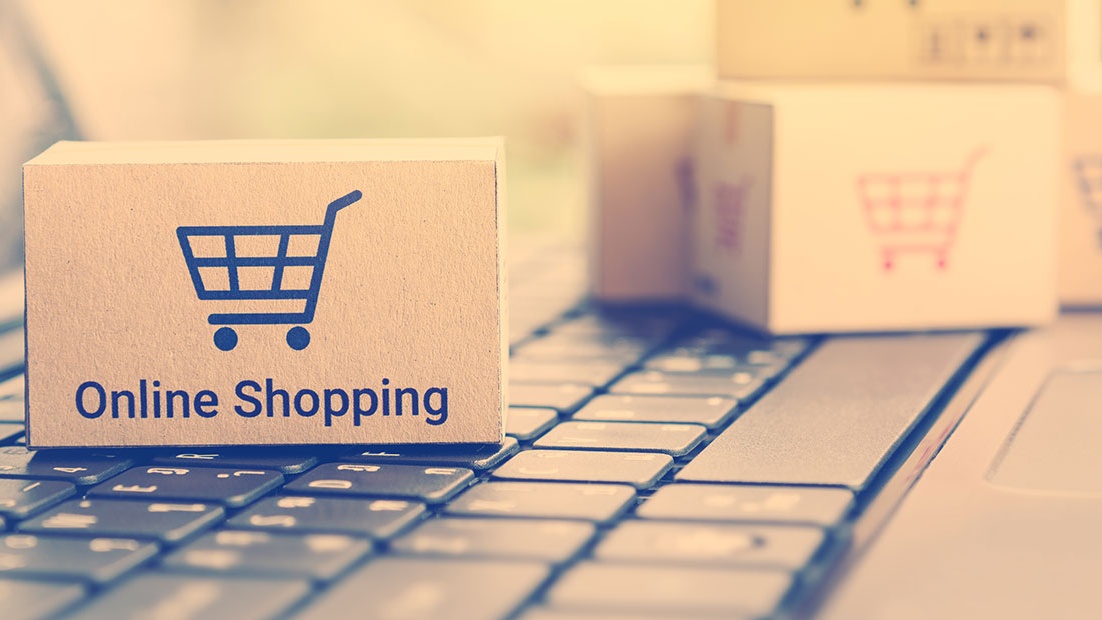Indian e-commerce segment sees 17% rise in order volume
Covid-19 blues over?

Finally some news to cheer on the economy front (or is it e-conomy?) Indian e-commerce space not only seems to have recovered from the impact of Covid-19 lockdown blues, but also witnessed an order volume growth of 17 per cent in June, according to a report by Unicommerce, an e-commerce solutions platform.
The report, titled ‘E-commerce Trends Report 2020’, went into the trends related to e-commerce growth, region-wise consumer demand, return orders, and D2C trends and how it affects the industry in the post-Covid-19 situation.
The report also pointed out that consumer buying patterns and preferences have changed significantly, with categories like health & pharmacy and FMCG & agriculture seeing a surge and exponential growth, with the rising number of first-time online shoppers.
In a development that should satisfy the e-tailers, the return rate has seen a dip of 10 to 30% depending on the category. "The reduced return can be attributed to the new safety norms, increasing demand for essential products, which are generally non-returnable," the report said.
Kapil Makhija, CEO, Unicommerce said, “as the world is grappling with the effects of Covid-19, the e-commerce industry in India has seen a major boost since the beginning of this year. With this report, we wanted to throw light on the enormous growth opportunity that lies for the e-commerce industry in India. With changing consumer buying patterns and preferences, rise of new first time online users, increased focus on digitisation by retailers, brands opting for D2C model etc, we are confident the e-commerce industry will emerge as the most promising market across the globe with tremendous growth potential in the future."
In general, India’s e-commerce sector has been on a constant growth, the e-commerce order volume saw a growth of 20% while the GMV (Gross Merchandise Value) witnessed a surge of 23% with an average order size of Rs 1100.
- India’s e-commerce policy draft looks to favour domestic startups
- Your local kirana store can now be listed on Amazon India
- Nearly half of eCommerce searches on Google drive no traffic
Brand websites to the fore
In a finding that should send a message to many brands, there is an increasing trend of consumers buying directly from brands’ websites. Retail brands are now strengthening their online capabilities and opting for different approaches to connect with consumers.
Get daily insight, inspiration and deals in your inbox
Sign up for breaking news, reviews, opinion, top tech deals, and more.
"In the last one year, there has been a considerable growth of 65% for brands developing their website, which led to an increase in self-shipped orders. However, the percentage of self-shipped orders declined from 35% in February 2020 to 30% in June 2020," the report said.
The number of consumers shopping directly from the brand’s website is increasing at a much faster pace than marketplaces. Brand websites have witnessed 88% order volume growth as compared to 32% order volume growth on marketplaces.
In another important and interesting finding, Tier 2 and beyond cities are said to drive two-thirds of the total online consumer demand in India. Tier II and beyond cities contribute around 66% of the total online consumer demand in India and this share is expected to rise in the coming years.
Unique online consumers from these 'mofussil' areas are expected to reach 170 million by 2023, the report said. Also, fashion is the most popular category in Tier-3 cities reflecting the aspirations of the people in those places. Apparel segment gives 50% of sales, it is said.
Tier III and beyond cities witnessed 53% growth, making it the fastest-growing region.
The top 3 segments that have seen an increasing penetration of D2C brands are beauty & wellness, fashion & accessories, and FMCG & agricultural sectors.
The top 3 States, by e-commerce volumes, are Delhi NCR, Maharashtra, and Karnataka, and they constitute 65% of overall consumer demand.

Over three decades as a journalist covering current affairs, politics, sports and now technology. Former Editor of News Today, writer of humour columns across publications and a hardcore cricket and cinema enthusiast. He writes about technology trends and suggest movies and shows to watch on OTT platforms.